Revised GMSF slashes Green Belt release by 60%
The latest draft of Greater Manchester’s long-awaited spatial strategy cuts proposed release of Green Belt land for development and focuses growth on a “core area” encompassing the city centre and parts of east Manchester, Trafford and Salford.
The draft Greater Manchester Spatial Framework reduces Green Belt release by 60% compared to proposals in the first edition of the document in 2016. It also reduces the amount of land earmarked for employment uses, by 50% compared to 2016.
Published this afternoon, the current document is the third version of the GMSF that has been produced in the past few years, and developers, planners, local authorities and others are pressing for its adoption as a matter of urgency.
It was supposed to have been published for consultation in March but was delayed due to the pandemic. Today’s version is intended to support Greater Manchester’s economic recovery from the Covid-19 crisis, and build the right housing, transport and employment infrastructure to create a long-term, sustainable future for citizens.
Councillors are reviewing the document ahead of a GMCA meeting on 30 October. If approved by all 10 boroughs, it will go out for public consultation for eight weeks from 1 December to 26 January 2021.
The key points are:
- The document allocates land to deliver 180,000 homes over the plan period (2020-2037), of which 50,000 are to be affordable.
- By reducing the number of proposed sites that would result in Green Belt loss, the document proposes a 3.25% reduction in Greater Manchester’s total Green Belt, from 46.7% currently, to 45.1% or 4,800 acres of Green Belt
- The amount of designated employment land has shrunk 50% compared to what was proposed in 2016, to minimise Green Belt release, said the GMCA. Several of the sites are large in scale and will be partially delivered beyond 2037, including a potential growth area in north-east Oldham. Around two-thirds of proposed industrial supply falls in Wigan, Bolton, Bury, Rochdale, Oldham and Tameside. The GMSF allocates land to deliver at least 45m sq ft of industrial and warehousing floorspace over the plan period.
- The document allocates land to deliver around 26m sq ft of new office space over the plan period
- The majority of development will be on land within the urban area, most of which is brownfield land, says the GMSF. Brownfield is proposed to account for 88% of housing, 99% of offices and 47% of industrial space.
Almost half of the city-region’s population growth between now and 2037 is projected to occur in Manchester, Salford and Trafford, according to the GMCA, so the latest draft concentrates proposed growth in those areas.
The spatial strategy has three priorities:
1) Developing a Core Growth Area: focussing on inner city regeneration through new jobs and housing within central Manchester and beyond to the Etihad Stadium in the east and the Northern Gateway in the north, through to south-east Salford in the west and north Trafford (including Trafford Park) in the south.
2) Boost Northern boroughs’ competitiveness: focussing on the provision of new employment opportunities in Bolton, Bury, Oldham, Rochdale, Tameside, Wigan, and west Salford
3) Sustain Southern competitiveness: supporting Stockport, most of Trafford, and south Manchester with a focus on key economic drivers, for example around Wythenshawe Hospital and Manchester Airport, Stockport Town Centre, and areas that stand to benefit from national infrastructure investment, for example High Speed Two in Crewe.
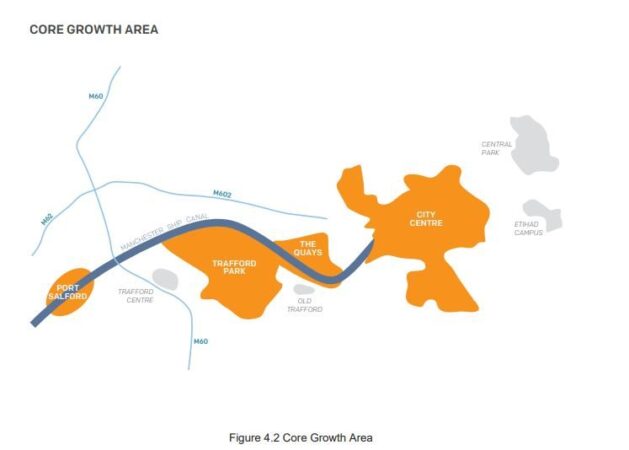
The document also identifies developing green infrastructure as a priority, to improve wellbeing and support the city-region’s goals of becoming net-zero carbon by 2038. And transport infrastructure is key to help deliver the wider plan, with the GMSF being produced alongside Transport for Greater Manchester’s Five-Year Transport Delivery Plan and Greater Manchester’s 2040 Transport Strategy.
Greater Manchester Mayor Andy Burnham said: “The Greater Manchester Spatial Framework is the cornerstone of our plans for the future. This is a plan by and for all 10 boroughs, setting out how we can direct the sustainable growth that will benefit our communities and help Greater Manchester recover from the effects of this crisis.
“Since the first draft went out to consultation in 2016 you have responded in your thousands, and we have listened. This final draft has seen plans for green belt sites cut by 60 per cent, with a focus on bringing forward brownfield development wherever possible.
“Our plans will protect our most important natural areas, deliver a sustainable travel network, and guard our boroughs from the risk of unplanned development.
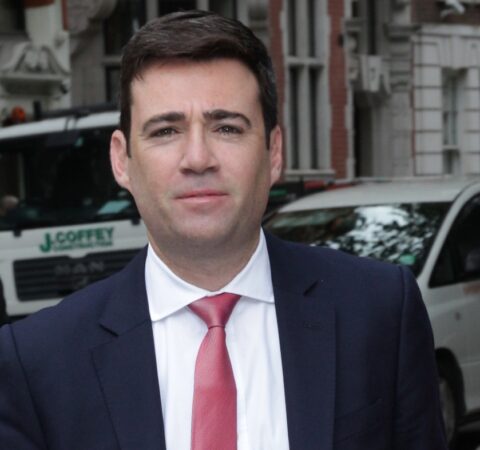
Greater Manchester Mayor Andy Burnham
“While we continue to confront the pandemic, we also have a duty to look ahead and make sure our city-region builds back better for our people and places. The [GMSF] is about making sure our city-region leads the way in providing good jobs, good housing, and tackling the climate crisis.
“The plan we’re publishing today will be the blueprint for how Greater Manchester faces the future together.”
Gary Halman, planning principal at Avison Young in Manchester, said: “Its good to see that the GMSF has, after many delays, finally been published in its revised draft form. This has still yet to be signed off by all 10 metropolitan boroughs, though.
“A city-region plan is desperately needed to provide the guidance that local councils require so they can move forward with new local plans for their own areas- most of which are currently time-expired and need to be brought up to date.
“We will be looking at the policies and proposals in detail now. The acid test will be whether the amended strategy can genuinely deliver the new homes and jobs that the region so urgently needs.”
This latest version of the GMSF was supposed to have been published by the end of last month, under a revised timeframe set out by the Greater Manchester Combined Authority in September.
However, further delays ensued due to a dispute between Stockport and Tameside councils over a 1.4m sq ft expansion of the Bredbury Park industrial complex that is included in the GMSF. The dispute has yet to be resolved and Stockport Council is to debate the issue when it votes on whether or not to approve the GMSF on 17 November.


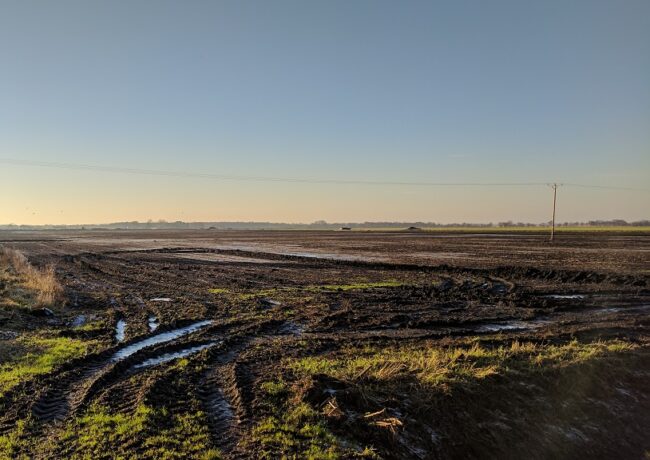
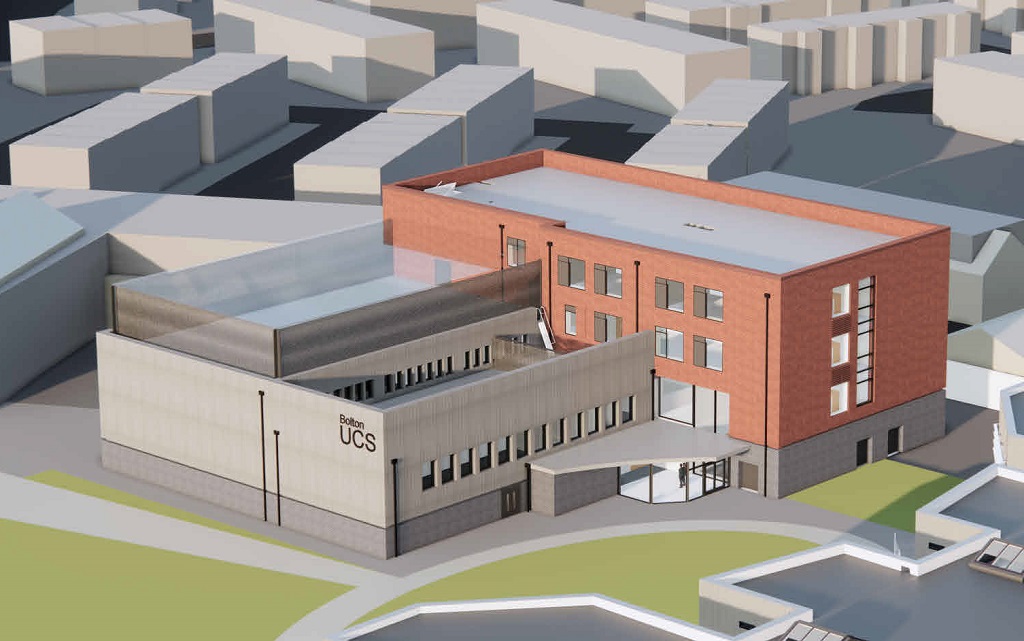
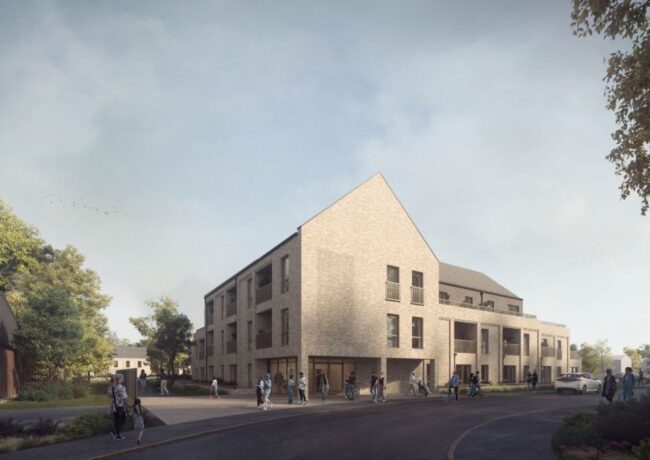
The key question everyone will be asking now (while the planning boffins assess the publication) is whether the latest draft is ambitious enough? Has the dull hand of politics removed the teeth of the document in an attempt to please all?
By SillyGoose
Doesn’t do anything just kicks the can down the road.
By Just saying
This is just kicking the ball into the long grass at some point the growth in Greater Manchester will inevitably mean building on greenbelt.
By Anonymous
No housing developments should be built on greenbelt or countryside, there is plenty of brownfield sites around the northwest, use these to build properties on.
By Darren born bred.
Nobody wants to live on what is now brownfield. Most people in GM think the population is maxed out. There’s no room left.
By Dan
Darren, but are these brownfield sites in locations that people actually want to live?
By Deja
All for maintaining the Green Belt wherever possible but a plan where 58% of the total housing provision is apartments doesn’t feel like this is addressing market demand – particularly given the evidence that the last few months has shown us regarding housing trends. People increasingly want to live in smaller communities, with larger housing and increased outdoor space. Doesn’t seem like the revised plan addresses this.
By Same Old Housebuilder Bashing
‘Nobody wants to live on what is now brownfield. Most people in GM think the population is maxed out. There’s no room left.’
Well, build on brownfield then!
Mansion blocks and terraces with roof gardens are a great way to house lots of people in beautiful spacious homes. Skyscrapers and car dependent sprawl are not the only way.
By SW
Dan – people clearly do like living on brownfield land because the majority of homes built in Manchester and Salford in recent decades have been on such land. Look at Ancoats, now a thriving inner city community. Our country is too small to allow cities to just carry on expanding – plus you’d be the first to complain about the inevitable congestion problems that would cause.
By Anonymous
All politicians will play up to their voters on the issue of greenfield/greenbelt development and Burnham is no different despite his mandate. It is depressing to see such a scale back of employment land – when we talk about ‘growth’ there has to be a recognition that new floorspace is needed. Ideological aspirations can take us so far but if the market wants land in the south east of the Borough it is no use allocating in Rochdale, Oldham etc and just expecting development to follow. I don’t hold much confidence in our politicians defining economic (and housing) growth in this way – the market knows best in my opinion.
By NC
Is the historic green belt red lines appropriate today?
Let’s protect more land by allocating more appropriate land into the Green belt rather than live with the current red lines
By TJL
It all goes back to householders’ ability (or lack there of) to invest in brownfield sites to create the sort of communities that have mass appeal.
It’s absolutely NOT the case that there is no demand to live in brownfield urban areas. The problem is that housebuilders’ business model and standard cookie-cutter house types do not lend themselves to the sort of high density, attractive family housing that works on brownfield sites. Such sites require a long term view, investment in infrastructure of all kinds and use of non-standard house types. Put that in place and buyers will come flocking.
Unfortunately the volume house builders are incapable of developing these sites effectively because they are short termists. They depend on quick turnover and low risk, hence the push for cheap, easy greenfield sites in the south east of the conurbation they can plonk their undersized, over-priced, poorly-built little boxes on. Great for their investors and directors but a poor outcome for almost everyone else.
By House builder basher
‘Nobody wants to live on what is now brownfield. Most people in GM think the population is maxed out. There’s no room left.’
Always amazed that some people just type everything that just comes into their head. Think before you press send. you may may have a valuable contribution to make to what is meant to be a property professional’s site.
By Cityscape
Heald Green has 12,640 people, less than 5% of Stockport total of 293,889, yet is being expected under the plan to lose nearly all of its greenbelt, accept 1700 houses equivalent to an extra 20% to its population. No extra schools or health services. A new road would go right through the middle of the village hall and football fields, which is subject to a covenant. Absolutely scandalous.
By Cym
This is quite the “statement” from Burnham. It’s basically the brownfield first policy that Labour introduced during the Blair years through Prescott’s tenure as Deputy PM. Yes – if developer’s want to build in Manchester now they have to work a little bit harder for their 20%. I hope that doesn’t come at the expense of quality place-making and liveability – but I have my doubts. Will the industry do the equivalent of taking it’s ball home? Well, maybe. would they be missed given some of the stuff that’s been inflicted on the city? Maybe not. If developers can’t meet the challenge the local authorities should step in themselves and lead a renaissance in quality mixed tenure developments.
By Sceptic
Beggars belief that the employment allocation has been cut back by 50%. Yes, 45 million sq ft sounds like a lot of space, but just look at the take up rates in Warrington and St Helens in recent years, let alone the structural changes currently being seen in logistics as high street retail moves on line. At current rates this 45 million sq ft will all be taken well before the end of the Plan, assuming it all comes forward, some of which inevitably won’t.
If, as Andy Burnham puts it, the GMSF ‘is the cornerstone of our plans for the future,’ then god help help us! Backward thinking, by second-class politicians and planners who lack ambition and fail to see the bigger emerging picture. By all means adopt it, but by doing so you can kiss goodbye to the ‘levelling up’ of the regions you crave.
With a bit of luck Stockport will be brave enough to vote it down next month and go solo on Bredbury. Call in, possibly: but based on Jenrick’s recent ruling against Cheshire East, and yes I know that was housing, he clearly has no time for obstructive bodies, be they Councils or NIMBYs. He clearly wants to see things get done, so probably not much for Stockport to fear.
By Anonymous
“Heald Green… is being expected under the plan to lose nearly all of its greenbelt”
Last time I checked, it was the “North West Green Belt”, not the “Heald Green Green Belt”.
Whereabouts in Heald Green do you live? How old is your house? Once upon a time, that was green space, too. Maybe you’re right: put it right! Pack up your possessions! Demolish your house. Go. Leave. Return it all to nature. Or…
Look forward to your children and grandchildren having somewhere they can live.
By Rev A Littlemoor